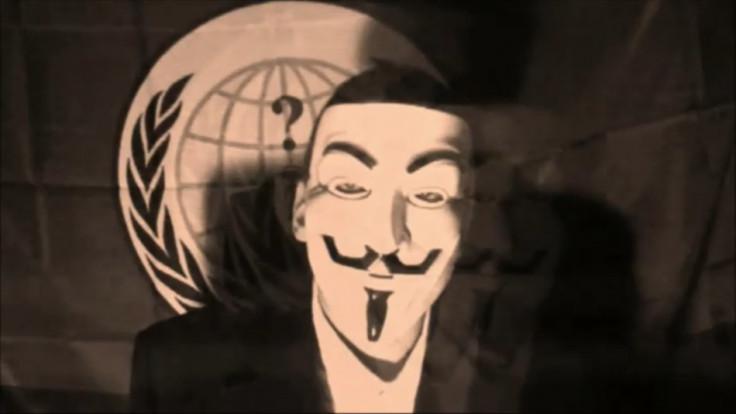5 Reasons Why YouTube Banned Anonymous and Kony 2012 Video

YouTube, the most popular of the video-sharing sites, is frequently in the spotlight for censoring its content.
According to many activists and bloggers, YouTube began to betray its original, citizen-oriented vocation after Google took over of the site in 2006, paving the way for corporate control of the videos that are uploaded
The latest incidents sparked a backlash on Twitter. They involved blocking access to an account managed by a prominent member of the hacktivist group Anonymous, TheAnonMessage, and taking down a controversial video - Kony 2012 Emergency Message - by the group criticising the Kony 2012 campaign.
The hacktivists released a clip, urging the site to open access to the account within 72 hours or "we will unleash hell".
YouTube backed down over the collective's threat, reopening the account and restoring the video.
But what motivated YouTube to block the account and taken down the video?
1. In the video Kony 2012 Emergency Message, TheAnonMessage asked users to "continously flag" the official Kony 2012 video, which went viral last month with more than 100 million views, so that it would be removed from the host site. This is comparable to a hacking attack that could have disrupted the file-sharing service, creating an artificial "wave of dissent" over the video.
2. Kony 2012 is among YouTube's most popular videos of all time. In Kony 2012 Emergency Message, TheAnonMessage made serious allegations about Jason Russell, co-founder of the Invisible Children charity. Russell, 33, produced the 30-minute documentary about the Ugandan warlord Joseph Kony and his Lord's Resistance Army. Following the massive publicity that the video received, Russell was filmed naked on a street corner in San Diego, California, talking to himself and masturbating in public. He was detained for making sexual gestures, vandalising cars and being under the influence of something, according to the San Diego police department.
Harsh criticism of an immensely popular video is clearly not welcomed on YouTube, especially if it has been generated by a hacking collective that is being hunted by the FBI and is practically considered a terrorist organisation.
3. YouTube had previously censored three Anonymous videos about Operation Sony. [Anonymous attacked the company's online Playstation store with a Distributed Denial of Service (DDos) in response to Sony's lawsuit against Playstation 3 hacker George Hotz, who tried to modify the hardware on his own device.]
The latest block on TheAnonMessage and the Kony 2012 Emergency Message video may suggest that the file-sharing site's strategy is shifting away from citizen journalism toward a more balanced and corporate controlled one
4. In 2009, YouTube acceded to a request from US Senator Joe Liberman to take down videos that the government deems violent or hateful, like those that promote conspiracy theories about 9/11. It may be that YouTube found TheAnonMessage video too biased, bordering on a conspiracy theory that incites violence.
5. YouTube uses algorithms that automatically compare audio and video content against databases of copyrighted material. It is possible that TheAnonMessage may have used footage from Invisible Children's Kony 2012 documentary without authorisation, pushing the file-sharing site to remove it.
© Copyright IBTimes 2025. All rights reserved.






















